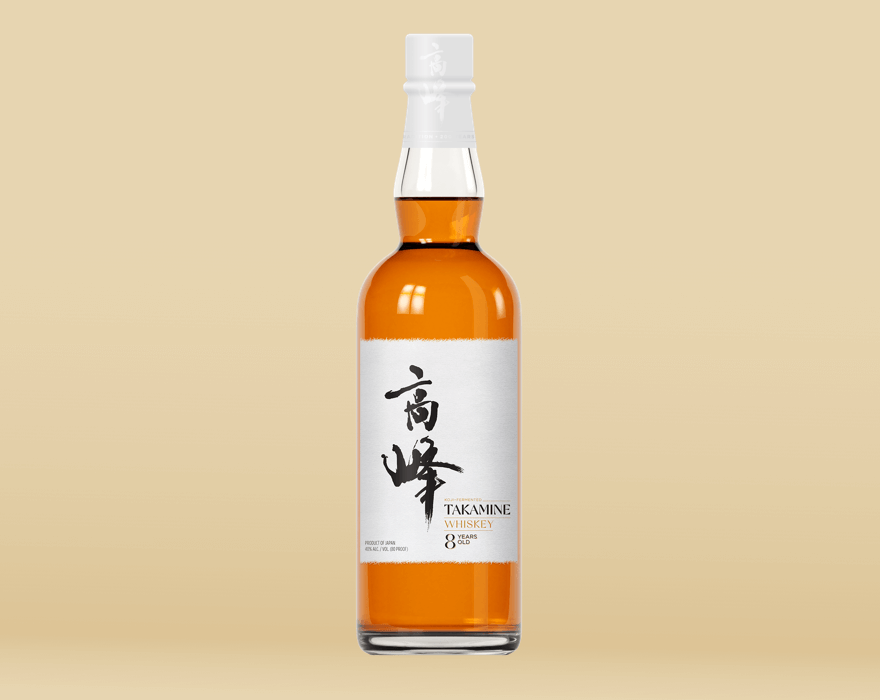Fukano 10 Year Old
Last time I posted on Fukano, I talked about what made rice different in terms of making whisky, particularly whisky in Japan. There’s one thing I left for this post, though.
One of the most important parts of distilling whisky is copper. Early stills were designed using iron, steel, bronze, and other metals that could hold up to the heat, but there was something off about the resulting distillate. Most of the time (barring contamination of the mash, etc.) this off-flavor is sulfurous. Sulfur-containing compounds are found naturally in water sources and as byproducts of certain chemical reactions in mashing and brewing. One could hide the resulting sulfur with added flavorings and such, but once stricter regulations became the norm (such as the Bottled-in-Bond Act in the US and Scotch Whisky Association regulations) such additives were banned or limited for certain products.
Well before the Bottled-in-Bond Act (BIBA), however, Scottish distillers and their descendants/cousins in the US and elsewhere (with help from chemists) had discovered an easier way to strip the sulfurous compounds: copper. In addition to being an easier way to remove those chemicals, copper is abundant (read: inexpensive), malleable, and is an excellent heat conductor. Stainless steel stills became copper stills, and the resulting whisky lost the off-taste.
Companies like Forsyth’s in Scotland and Vendome in Kentucky dominate the copper still market, often with years-long waiting lists for new stills. Additionally, copper removal is a chemical process: the distillation slowly eats away at the copper in the stills, which then require patching or replacement over time. Copper is sometimes difficult, but it is critical to distilling around the world.
Well, except here. Rice has no sulfur and produces no sulfur during brewing and distillation, meaning no copper is needed! Fukano, for example, uses stainless steel stills and distills to a relatively low proof (they are, after all, at heart a sake distillery). The new make - which would qualify as shochu - is then put into charred barrels and aged in a dunnage-style warehouse (low, maybe 2-3 levels high, with barrels stacked on their sides or palletized standing on their ends).
After 10 years in used barrels, the Fukano distillate is sweet, chocolatey, and syrupy. Again, I find this to be a dessert whisky, and indeed it might be too sweet for some. That being said, it’s still an intriguing pour and one of the older age statements seen on Japanese Rice Whisky.
Side note: as of 2021, Fukano 10 Year Old still qualifies as Japanese Whisky as defined recently by the Japan Spirits & Liqueur Maker’s Association, as rice whiskies and koji fermentation still require more definition under the new laws.
Fukano 10 Year Old: Specs
Classification: Japanese Whisky
Origin: Fukano Distillery
Mashbill: 100% Rice
Proof: 80.4 (40.2% ABV)
Age: NAS
Location: Kumamoto, Japan
Fukano 10 Year Old Price: $80
Fukano 10 Year Old Review: Tasting Notes
Eye: Bronze/copper. Very thin rims and droplets just hanging on.
Nose: Mild milk chocolate and sherry, aromatic without being powerful. Like an already re-used cask was used. Some proof, but some oak to balance it. More nuanced grain flavors develop with air.
Palate: Syrupy, with a touch of drying oak that grows. Heavy on the semisweet chocolate like a Hershey’s syrup. Dried red fruits underneath become more concentrated. Mouthfeel is silky and syrupy without being too heavy or too sweet.
Finish: Swemisweet chocolate ganache, sticky toffee pudding, medium length.
Overall: A gentle chocolate giant. Dessert whisky for sure, more akin to a high-aged Oloroso that’s lost the sharp spice edge and focuses on the fruit and chocolate instead. Might be too sweet for some, but I really enjoy this.
Final Rating: 6.9
10 | Insurpassable | Nothing Else Comes Close (Blanton’s Straight from the Barrel)
9 | Incredible | Extraordinary (GTS, Elijah Craig Barrel Proof B518 and B520)
8 | Excellent | Exceptional (12+YO MGP Bourbon, Highland Park Single Barrels)
7 | Great | Well above average (Blanton’s Original, Old Weller Antique, Booker’s)
6 | Very Good | Better than average (Four Roses Small Batch Select, Knob Creek 14+ YO Picks)
5 | Good | Good, solid, ordinary (Elijah Craig Small Batch, Buffalo Trace, Old Grand-Dad Bottled-in-Bond)
4 | Sub-par | Many things I’d rather have (A.D. Laws Four Grain, Compass Box “Oak Cross”)
3 | Bad | Flawed (Iron Smoke Bourbon, Balcones)
2 | Poor | Forced myself to drink it (Buckshee Bourbon and Rye)
1 | Disgusting | Drain pour (Virginia Distilling Co. Cider Cask)










